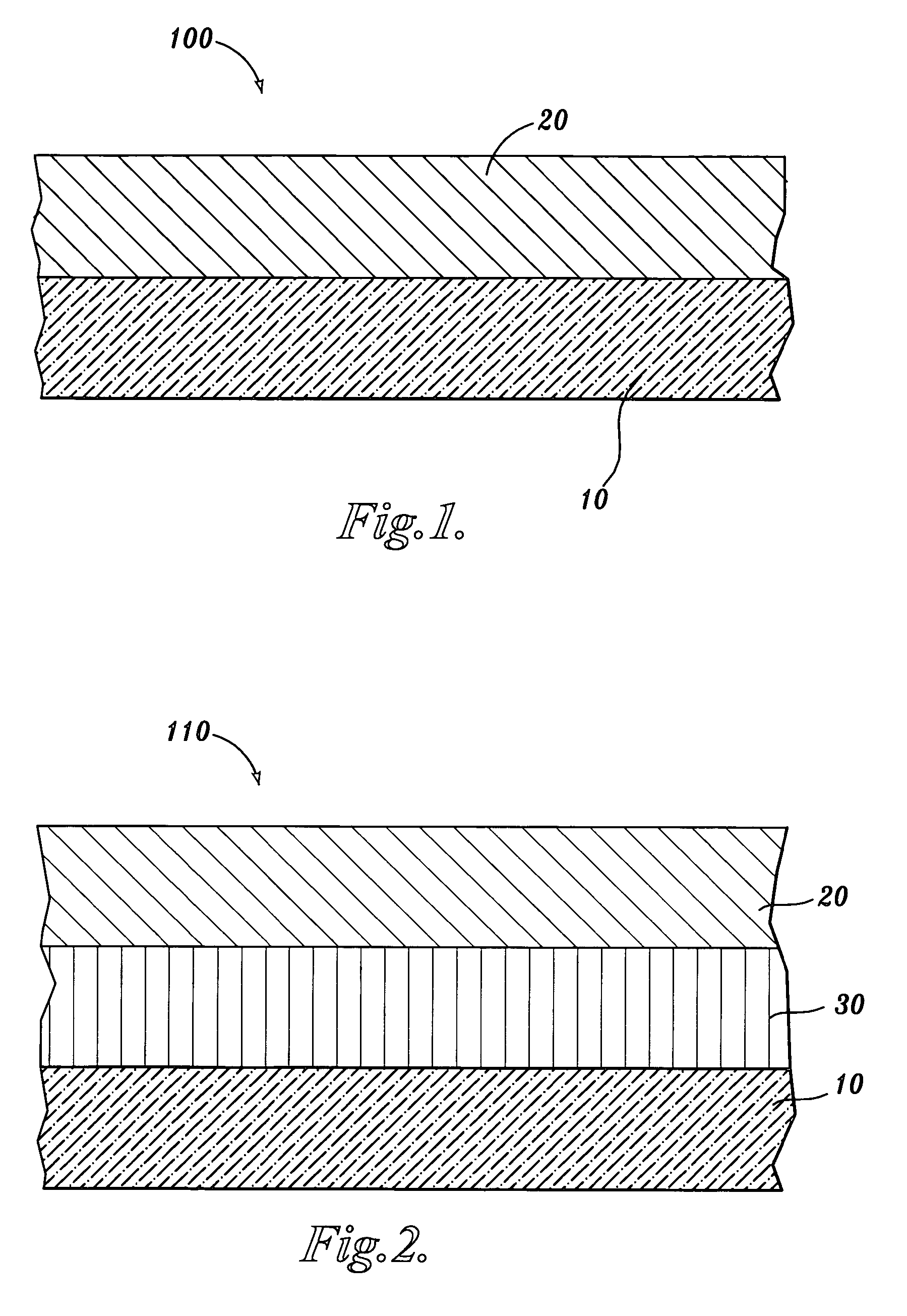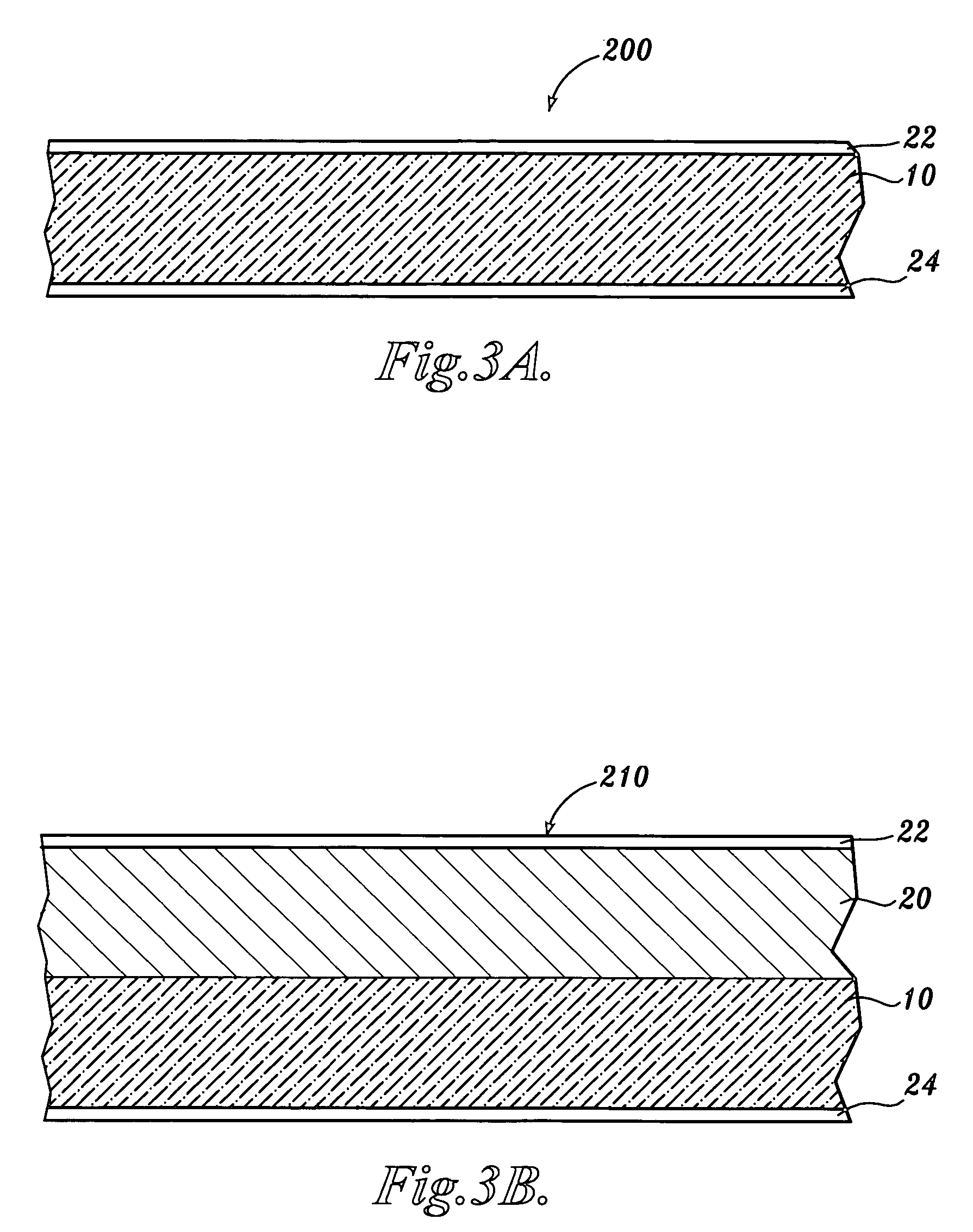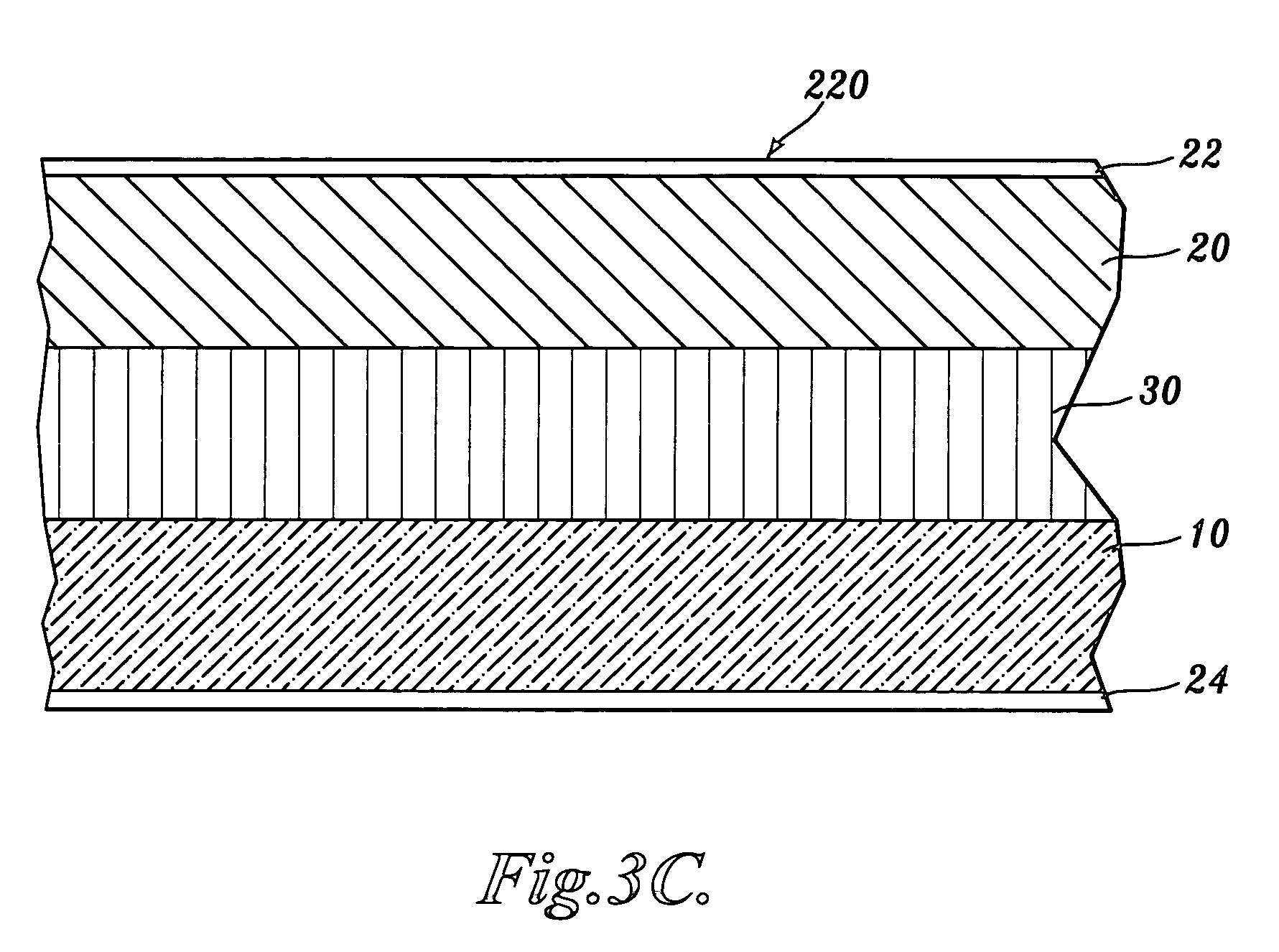Carboxyalkyl cellulose polymer network
a technology of cellulose and cellulose, applied in the direction of medical preparations, pharmaceutical non-active ingredients, etc., can solve the problems of high cost, inefficiency in sap use, and large amount of interstitial liquid in the product,
- Summary
- Abstract
- Description
- Claims
- Application Information
AI Technical Summary
Benefits of technology
Problems solved by technology
Method used
Image
Examples
example 1
General Procedure for Making Carboxymethyl Cellulose
[0085] In this example, a general procedure for making a representative carboxymethyl cellulose useful in making the carboxyalkyl cellulose polymer networks of the invention is described.
[0086] Lightly bleached, never dried kraft pulp (25.0 g, oven dried) was mixed with isopropanol (1.39 L) under nitrogen environment at 0° C. for 30 min. A sodium hydroxide solution (40.56 g in water with a total weight of 94.74 g) was added dropwise over 30 minutes and the reaction was left to stir for 1 h. A solution of monochloroacetic acid (22.69 g) in isopropanol (55.55 mL) was added dropwise to the stirring pulp over 30 min while the reaction temperature was increased to 55° C. The reaction was stirred for 3 h and then filtered, placed in 2 L 70 / 30 methanol / water solution, and neutralized with acetic acid. The resulting slurry was collected by filtration, washed one time each with 2 L 70 / 30, 80 / 20, and 90 / 10 ethanol / water solutions, and then...
example 2
Representative Procedure for Making Carboxymethyl Cellulose
Low Brightness Pulp
[0088] In this example, a representative procedure for making a carboxymethyl cellulose from low brightness pulp is described.
[0089] Several never-dried pulps having low brightness at 25% consistency (40 g) were mixed with 160 g isopropanol, varying amounts of 50% aqueous sodium hydroxide, and 42 g monochloroacetic acid and heated at 65° C. for 3.5 hours following the general procedure described in Example 1. The properties of the product carboxymethyl celluloses are presented in Table 1 (CMC H, I, and J).
example 3
Representative Procedure for Making a Fibrous Carboxymethyl Cellulose Polymer Network
[0090] In this example, a representative procedure for making a fibrous carboxymethyl cellulose polymer network is described.
[0091] Carboxymethyl cellulose prepared as described in Example 1 was impregnated with a crosslinking agent during washing or after washing (81A). The impregnated cellulose was then dried, during which time crosslinking occurred.
[0092] The absorbent properties of a fibrous polymer network (CMC SAP 81A) prepared as described above (4 percent by weight glutaraldehyde based on the weight of carboxymethyl cellulose) are summarized in Table 3.
PUM
| Property | Measurement | Unit |
|---|---|---|
| length | aaaaa | aaaaa |
| viscosity | aaaaa | aaaaa |
| viscosity | aaaaa | aaaaa |
Abstract
Description
Claims
Application Information
 Login to View More
Login to View More - R&D
- Intellectual Property
- Life Sciences
- Materials
- Tech Scout
- Unparalleled Data Quality
- Higher Quality Content
- 60% Fewer Hallucinations
Browse by: Latest US Patents, China's latest patents, Technical Efficacy Thesaurus, Application Domain, Technology Topic, Popular Technical Reports.
© 2025 PatSnap. All rights reserved.Legal|Privacy policy|Modern Slavery Act Transparency Statement|Sitemap|About US| Contact US: help@patsnap.com



